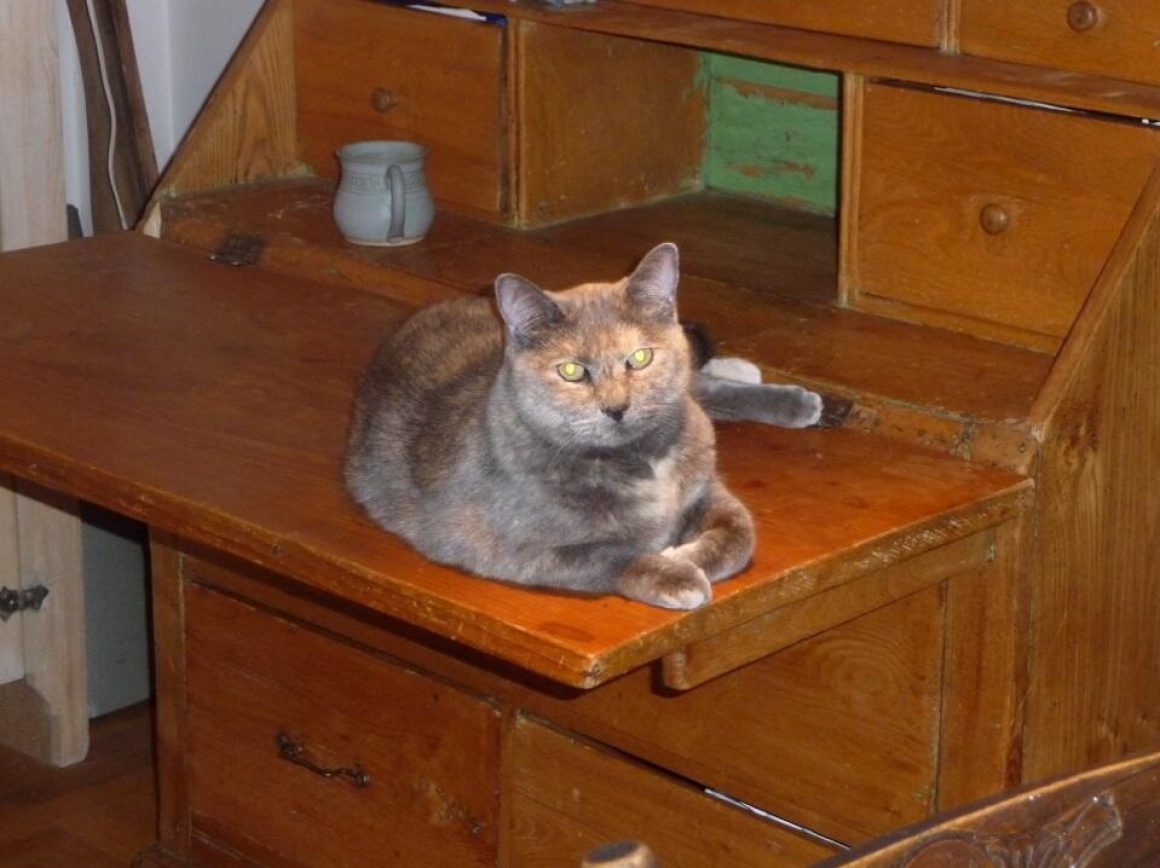I have tried in various moments to imagine how difficult it would be for a child to learn that a parent is dying. Most of us would wish that such an event would never need to occur because we know how unbearably alone the child would feel, become. In her poem “Moths”, from her poetry collection Winterkill, Catherine Graham explores just such an event: a young daughter’s growing comprehension of the fact that her mother is ill and dying.
In the first stanza, Graham establishes the relentlessness of the mother’s illness. The cancer is described as “white cells” (1) that “move as if stocking feet/ heel and toe to bone and pancreas” (2-3). Graham creates an impression of the disease at work, moving without hesitation and with thoroughness, entering one part of the mother’s body and then another.
Later, Graham hints at the disease’s power over the mother’s mind and emotions. The mother is first depicted simply as “lamp-lit” (4) as “she sits smoking” (4). But we then learn that “she looks out at nothing because it’s dark” (6). The fact that she “looks out at nothing” (6) suggests her bewilderment. The mother is afraid, stunned.
Graham at last delineates the mother’s approach to the territory of death. The narrator observes that “the window is breaking/ the sound of waves in the quarry” (7-8). The glass separates the mother from the sound of water that can otherwise be heard. The narrator then informs us that “moths keep hitting the glass to get to her” (9). According to the imagery, the mother is dying: she is separated from water, or life-sustaining elements, and the target of moths, insects of the evening, and in this way, death.
The poem possesses startling paradoxes. The image of the cancer as “mov[ing ]as if in stocking feet” (2)creates an image of the disease, destructive and progressive, as gentle and childlike. Later, the “window” (7), nothing more than a transparent pane of glass, becomes a terrible barrier, and “moths” (9), weak and sickly pale, become unrelenting, almost mechanical in their efforts to “get” (9) to the mother. Fragile forms wield terrific powers. Also, Graham’s handling of time enriches the poem. The poem begins with “No pain yet” (1), indicating that the moment the narrator then represents is in fact the past, and that she already knows another time, when the disease caused memorable pain. In addition, key images, layered with meaning, pull the reader deeper into the poem. For instance, it is almost impossible not to see that the word “moth” is only a suffix away from the word “mother”. We imagine, then, that the mother is of the moths, and even pay more attention to her “lamp-lit” state. When the mother stares out at “nothing” and the “dark” we cannot help but be sensitive to the words’ connotations, and their connection to death; ultimately, we sense that the mother faces more than a literal dark evening. Finally, the stance is complex. The poem is spoken in the observer’s words, but nowhere does the pronoun “I” appear, a poignant clue to the narrator’s smallness or invisibility as she watches her mother wrestle with mortality.
A child is supposed to grow up under her parents’ watch until she can stand on her own. In “Moths”, Graham employs her tremendous gifts to portray a child’s world—her mother—slipping out of reach, helplessly.
“Moths” is from Winterkill, published by Insomniac Press, 2010.
Catherine Graham is the author of Winterkill , The Red Element, Pupa and The Watch. Her poetry has appeared in literary journals in North America, the United Kingdom and Ireland and has been frequently anthologized.

Moths are startling, aren't they?